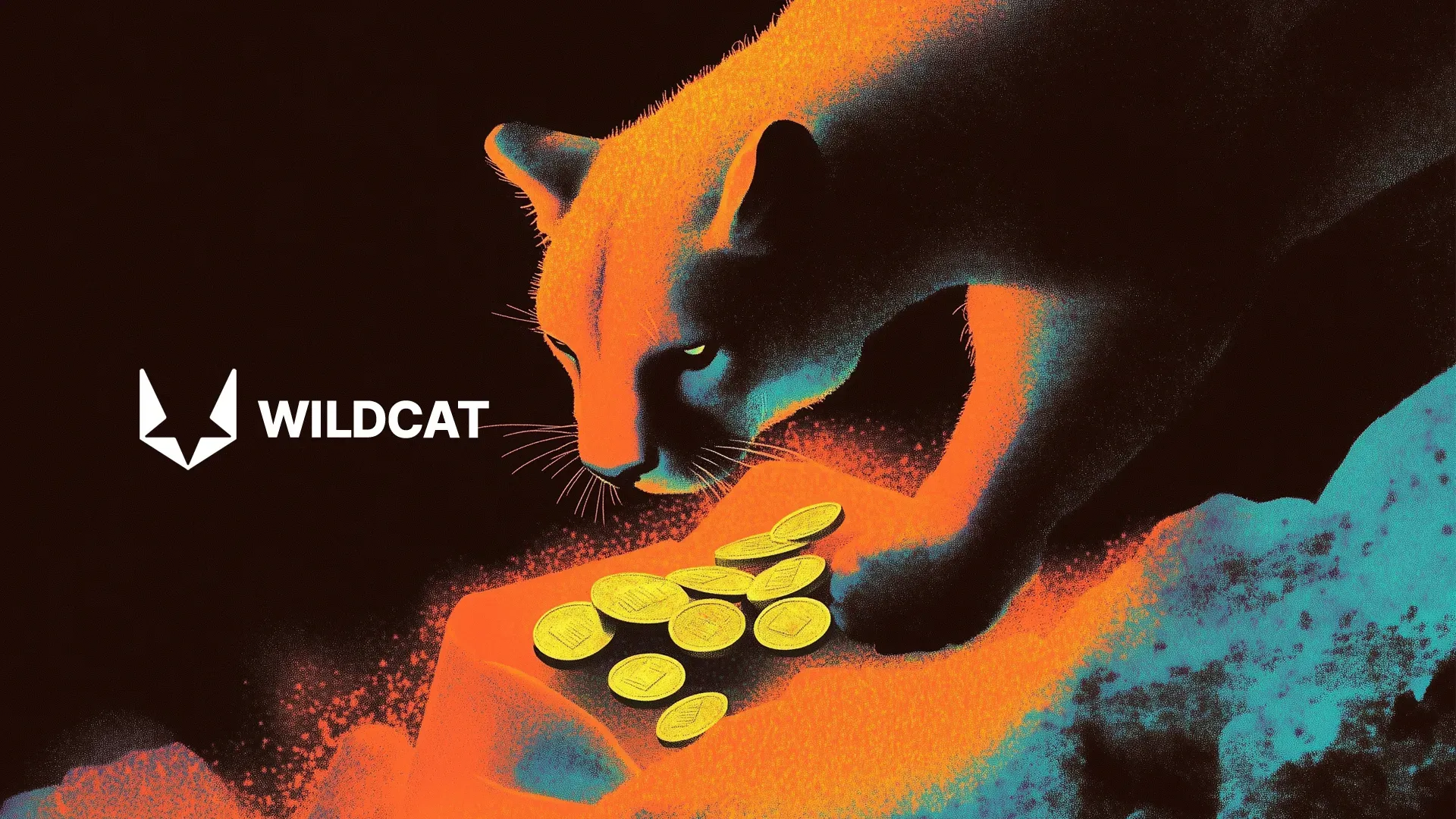Citizen DeFi Play: Wildcat's Uncollateralized Lending

Onchain yields have slumped in recent weeks, but for degens willing to partake in crypto’s riskiest form of lending, excess returns can still be earned!
Enter Wildcat, where uncollateralized lending meets blockchain and market makers borrow crypto on a promise. Think of this protocol like a crypto-native credit card for institutions, except the card is your wallet, and if the borrower defaults, you’re the one left holding the bag.
Wildcat does not assess credit risk, it does not guarantee repayment, and it is not regulated by any financial authority. What it does offer is frictionless access to above-market yields for anyone with a crypto wallet and the willingness to lend on trust alone.
Today, we’re exploring uncollateralized crypto lending through Wildcat! 👇
😼 What is Wildcat?
Got a credit card? If so, you’re already familiar with the concept of uncollateralized loans!
An “uncollateralized” loan is a credit agreement between a borrower and a lender, in which the borrower is not required to pledge collateral to secure their loan. Unlike collateralized loans, which are backed by something valuable (like a car or crypto collateral), uncollateralized loan obligations are backed solely by the borrower’s promise to repay.
Co-founded by Euler Finance contributor Laurence Day, Indexed Finance developer Dillon Kellar, and Wintermute CEO Evgeny Gaevoy, Wildcat is a crypto-native credit card for institutions that launched to the public last month.
Wildcat Labs is delighted to announce that Wildcat V2 is live and open for public usage today, under the stewardship of the newly created Wildcat Foundation.https://t.co/VsFNPxggwP
— Wildcat Labs (@WildcatFi) February 27, 2025
A slightly wordy thread from our point of view on what this enables, where things stand now and… pic.twitter.com/JTk6T0lrJV
The design of Wildcat is pretty straightforward. Once on the “Markets” page of the application, users can toggle between “Lender” and “Borrower” views.
Parties that wish to borrow money through Wildcat must first complete an onboarding process, which can be initiated via Google Form. At this time, only registered legal entities are accepted as borrowers.
Conversely, almost anyone can earn yield by lending to Wildcat borrowers without official onboarding, assuming they meet loose lender qualifications (if optionally applied by the borrower). On the Wildcat “Markets” page, lenders can view all available loan opportunities and their conditions, like the prospective borrower, associated interest rate, and duration (or term) of the loan.
Clicking “Deposit” to the right of a given loan will load its deposit interface. From here, lenders can see loan/borrower information and complete any necessary prerequisites – such as signing a Master Loan Agreement – before making their deposits into the pool.
🧐 Risk Considerations
The last renaissance for crypto’s uncollateralized lending markets occurred just prior to the collapse of FTX in November 2022.
Uncollateralized lending facilities were indeed tapped by Alameda – FTX’s proprietary trading firm – and although the bankrupt exchange repaid its onchain debts before imploding, some of the largest uncollateralized lending pools got caught in the resulting crossfire, leading the sector to fall out of favor among lenders.
It is crucial to note that Wildcat neither determines the creditworthiness of its borrowers nor provides any guarantees as to whether they can repay their loan. Additionally, Wildcat’s FAQ section clearly disclaims that the protocol is not regulated by any financial authority.
Wildcat’s delinquency provisions ensure that all open-term borrowers who do not meet lender withdrawal requests are subject to penalty interest rates, but excess lent funds are typically withdrawn by the borrower from Wildcat and only an agreement enforces repayment.
Should the borrower be unwilling or unable to repay their obligations, lenders will need to navigate the court system in that borrower’s country of origin to make an unsecured claim against the borrower’s assets; such claims are assigned an extremely low payout priority during the bankruptcy process.
Before chasing above-market crypto yields on Wildcat, it is crucial to conduct thorough research on potential borrowers and size your position accordingly, as there is always a chance the loan will not be repaid.
Mr President, a second borrower has hit Wildcat.
— Wildcat Labs (@WildcatFi) March 20, 2025
CMS (@cmsholdings) has just launched a Wildcat V2 USDC market, seeking $1 million in credit at 12% APR.https://t.co/G4zYEV96hl pic.twitter.com/G0WNWlWVV0